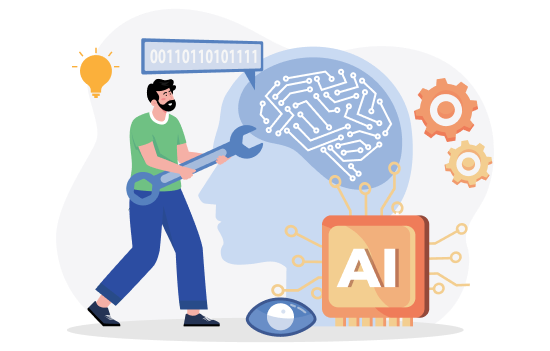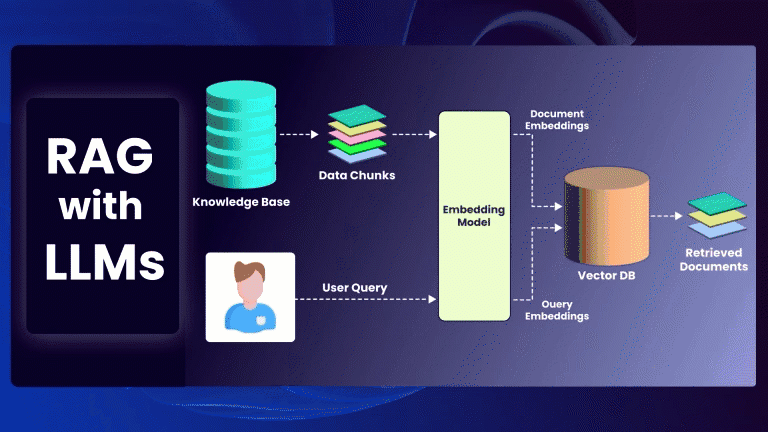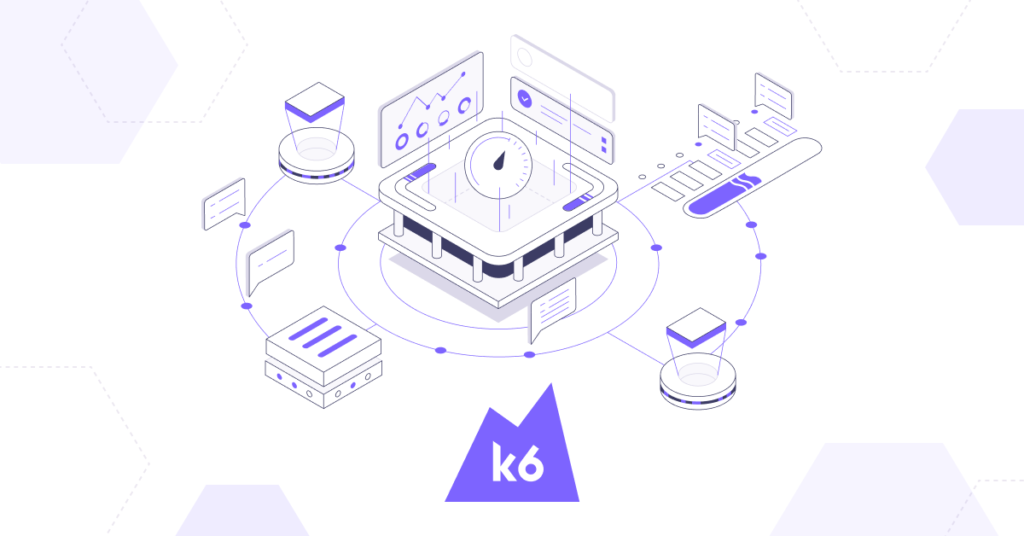Starting out in automation testing has been an exciting journey of exploration and learning. As a fresher in this field, I’ve been diving deep into how QA is evolving alongside the rapid advancements in artificial intelligence (AI). Here’s a look at what I’ve discovered about how QA is adapting to this transformative technology.
AI Testing : The Rise of Meta-AI Testing
Imagine AI systems testing other AI models—sounds futuristic, right? This concept, often called Meta-AI Testing, is becoming a reality. With machine learning, these testers simulate user behaviors, identify edge cases, and spot anomalies faster and more accurately than ever before. It’s like having a super-smart QA assistant that never takes a break.
Dynamic and Adaptive Testing Frameworks
Unlike traditional software, AI models are not static; they learn and evolve over time. Future QA frameworks will need to adapt dynamically to these changes. Automated systems will continuously refine their test strategies based on model updates, new data, and changing environmental conditions, ensuring that AI systems remain robust and reliable.
Ethical and Bias Testing
As AI starts making decisions in crucial areas like healthcare, hiring, and law, fairness and ethics in AI systems become non-negotiable. The future of QA will include powerful tools that can:
- Spot and flag discriminatory patterns.
- Ensure compliance with ethical AI standards.
- Generate detailed fairness and bias reports.
This will help build trust in AI and ensure it’s used responsibly.
End-to-End (E2E) Automation for Data Pipelines
Testing isn’t just about the AI model itself. The entire data pipeline—from ingestion to processing—needs to be flawless.
QA will focus on:
- Maintaining data quality.
- Real-time monitoring for anomalies.
- Validating every step in the pipeline, including data transformations and retraining cycles.
Predictive QA: Staying Ahead of Failures
Wouldn’t it be great to predict problems before they happen? That’s what predictive QA aims to do. By analyzing historical test data and system behavior, it identifies weak spots early, enabling proactive fixes and minimizing downtime.
Standardization and Best Practices
As AI continues to grow, so will the need for standardized QA practices. Future guidelines will cover everything from automated AI testing and performance benchmarks to ethical compliance protocols, creating a universal framework for quality assurance.
Smarter QA Tools
Automation tools will evolve into intelligent platforms that:
- Seamlessly integrate into CI/CD pipelines.
- Use AI to optimize testing workflows.
- Offer explainable AI (XAI) features for transparency in testing.
These tools will make testing smarter, faster, and more efficient, freeing up testers to focus on strategy and analysis.
Human + AI Collaboration in QA
The role of QA professionals is shifting. Instead of performing repetitive manual tasks, we’ll become strategists, designing intelligent testing approaches and interpreting AI-driven insights. AI will handle the heavy lifting, but human expertise will still drive the big-picture decisions.
AI-Powered Tools You Can Use Today

To give you a glimpse of what’s already out there, here are some AI-driven tools making waves in QA:
- Testim: Utilizes machine learning to accelerate the creation and maintenance of automated tests, adapting to changes in the UI to ensure test stability.
- Applitools: Offers AI-powered visual test automation, enabling the detection of visual defects across various devices and browsers to ensure a seamless user experience.
- Mabl: Provides an all-in-one AI-driven test automation platform that enhances test coverage, reliability, and speed.
- Functionize: Combines AI and machine learning to automate the testing of complex applications, offering scalable and maintainable test solutions.
- Testsigma: A low-code, AI-driven automated testing platform that supports web, mobile, and API applications, integrating seamlessly with popular CI/CD tools.
References






